When power plants popped up around the coast of Florida, manatees took notice. Most human development caused distress for the species, but power plants offered them refuge in an unusual way. Manatees discovered that they could live and thrive in the canals warmed by hot water discharged by power plants in their quest to find a safe and warm home for the winter. Since that time, they have gathered in these warm canals each winter and seen their numbers grow.
Before power plants were built, the manatee population had been decreasing as development spread across the coast and reduced the number of habitable waters, both in springs and ocean areas. Though manatees can survive in both fresh and salt waters, they cannot tolerate cold temperatures. In the past, they took refuge in warm springs during the winter, however, pollution and boating sent manatees away from many of these springs. Most Florida manatees have scars from wounds inflicted by boat strikes, and several others do not survive such an encounter.
Manatee populations increased over the past decades after they took to inhabiting the warm canals near power plants. Florida residents and visitors come out to see them in special viewing areas that several have power plants designated as manatee sanctuaries. In these areas, boats and fishermen are restricted from accessing the area in order to reduce risk of injury to the animals.
Although power plants help manatees survive the winter, the relationship does come with risks. Manatees sometimes swim into areas with moving parts that can seriously harm them. Manatee screens for power plants can shield the friendly sea cows from dangerous situations, however, and ensure that their fondness for power plants continues.


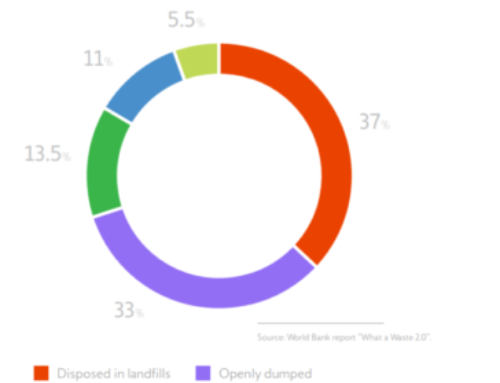
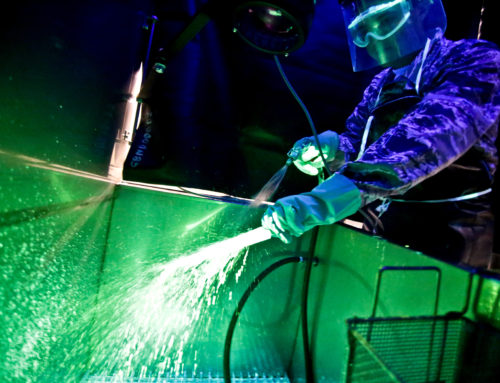
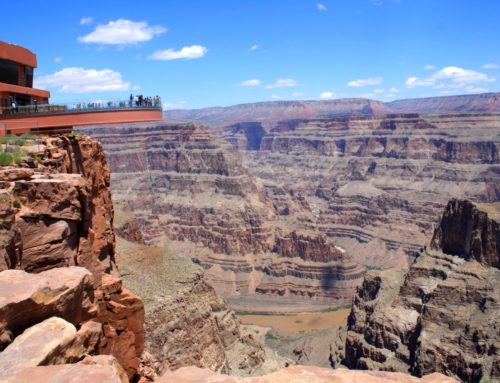
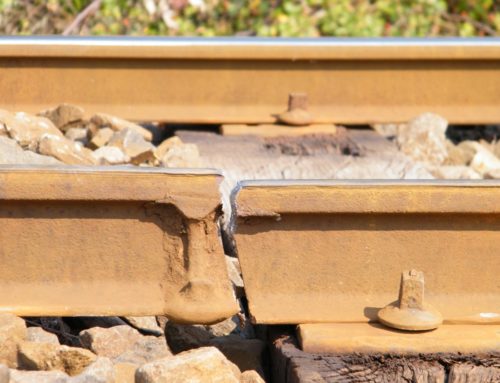
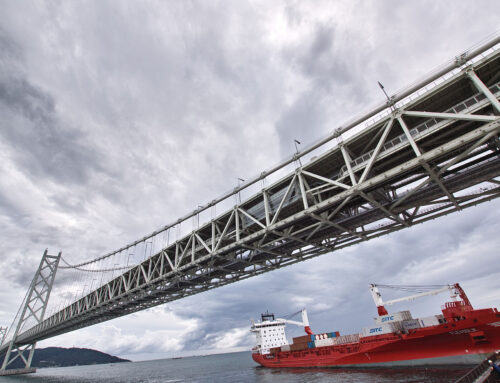

Leave A Comment